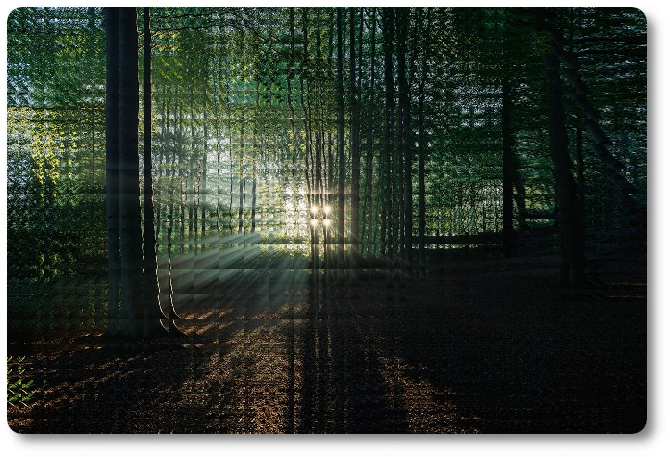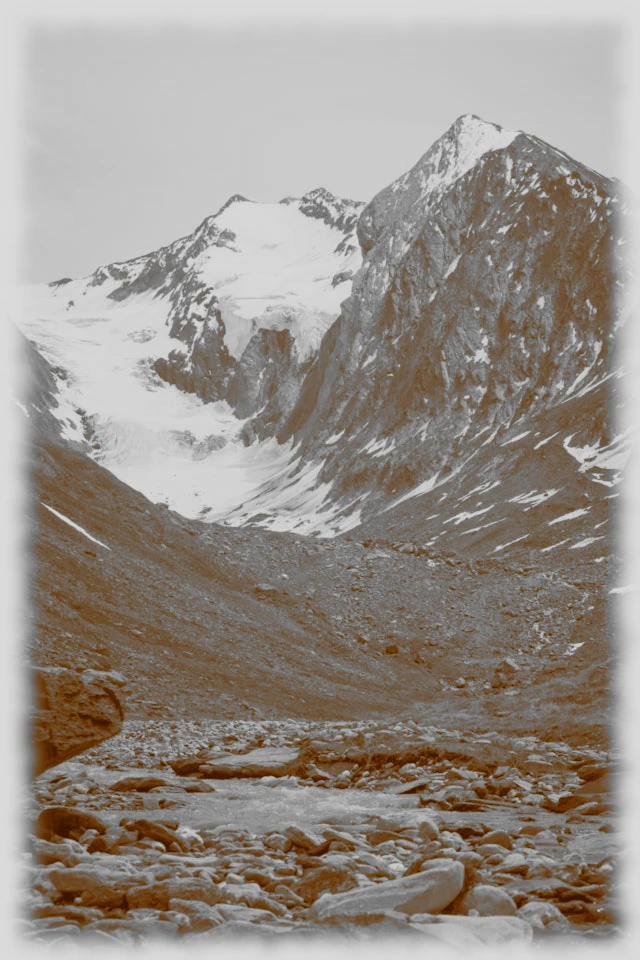- Rosary
- Glorious Mysteries
- The Resurrection of Jesus Christ
The Resurrection of Jesus Christ
The First Glorious Mystery
The first Glorious Mystery of the Rosary, The Resurrection of Jesus Christ, marks the cornerstone of Christian faith and the triumph of life over death.
This profound event, celebrated with joy and hope, signifies the fulfillment of God’s promise and the dawn of redemption for humanity. Through this mystery, we are invited to reflect on the boundless power of God's love and the victory of His Son, Jesus Christ.
The Resurrection of Jesus Christ

The Resurrection of Jesus Christ stands as the cornerstone of Christian faith, radiating a message of eternal hope and redemption.
On that glorious morning, the stone was rolled away, and the empty tomb revealed a truth that forever changed humanity—the triumph of life over death.
Jesus Christ, who was crucified and buried, rose in divine glory, fulfilling the promise of salvation and offering a renewed path to eternal life.
The Resurrection symbolizes the ultimate victory of light over darkness, demonstrating God's boundless love and unmatched power.
For those who witnessed this miraculous event, it was a moment of awe and profound transformation. The disciples, initially overcome with fear and doubt, became emboldened by the appearance of the risen Christ.
Their faith ignited a movement that would spread across the world, proclaiming the good news of resurrection and renewal.
As we reflect on this first glorious mystery of the Rosary, The Resurrection of Jesus Christ, we are invited to experience its profound meaning in our own lives. The empty tomb is not just a historical testament but a spiritual beacon, calling us to embrace the promises of hope, faith, and unconditional love.
Let the story of the Resurrection inspire you to seek out the light in moments of despair and to recognize the transformative power of faith. As we walk alongside the risen Christ in prayer and meditation, may we be renewed in spirit and fortified in our journey of faith.
The Scriptural Rosary
'I tell you most solemnly, you will be sorrowful, but your sorrow will turn to joy.' John 16:20
'For I shall see you again, and your hearts will be full of joy, and that joy no one shall take from you.' John 16:22
At the first sign of dawn, they went to the tomb with the spices they had prepared. Luke 24:1
And all at once the angel of the Lord, descending from heaven, came and rolled away the stone and sat on it. Matt 28:2
'I know you are looking for Jesus, who was crucified. He is not here.' Matt 28:5, 6
'He has risen from the dead. Come and see the place where he lay.' Lk 24:6; Mt 28:6, 7
'And now he is going before you to Galilee; it is there you will see him.' Matt 28:7
And the women came out from the tomb filled with awe and great joy. Mk 16:8; Mt 28:8
'I am the resurrection and the life. If anyone believe in me, even though he dies he will live.' John 11:25
'And whoever lives and belives in me will never die.' John 11:26
With permission from The Scriptural Rosary book written by Joanne & John Bolger
Published and permission from Christianica (America) Center
The Tomb on the Morning of Resurrection

The air was cool and still, thick with the quiet of dawn breaking over Jerusalem. The garden where the tomb lay was shrouded in a soft, gray mist, the kind that clings to the earth before the sun rises in triumph.
The tomb itself was cut into the rock—solemn and heavy with the weight of sorrow. The stone that had sealed its entrance loomed large, its surface rough and cold, bearing silent witness to the agony of the crucifixion.
Mary Magdalene approached the tomb as the first hints of golden light painted the horizon. Her steps were hesitant yet determined, her heart a fragile blend of grief and devotion.
She carried with her spices, not just as an offering for the One she loved, but as an act of final service, a way to honor the man who had restored her life and given her hope.
As she drew closer, something unusual stopped her in her tracks. The stone—it was moved! Rolled away as though by an invisible hand, its massive bulk cast aside.
Her pulse quickened, fear and wonder mingling as she peered into the shadows of the open tomb. The emptiness within was deafening—a stark, undeniable void where her Lord's body had once lain.
Panic took hold. Mary’s tears fell freely now, her anguish spilling into the stillness of the garden. “They have taken my Lord,” she whispered hoarsely, her voice trembling with despair. She turned, her vision blurred by tears, and saw a figure standing nearby. Through her sorrow, she scarcely noticed him, assuming he was the gardener.
“Woman, why are you weeping? Whom are you seeking?” the man asked, his voice calm and steady, like a balm for her aching soul.
“Sir, if you have carried Him away, tell me where you have laid Him, and I will take Him away,” she pleaded, her words hurried and raw.
Then he spoke her name—“Mary”—and in that instant, everything changed. Recognition dawned like the morning sun, breaking through the clouds of her despair. “Rabboni!” she cried, her voice now alive with joy and awe. It was Him. Jesus. Alive and radiant, His presence more powerful than words could ever capture.
The garden was transformed, no longer a place of mourning but a sanctuary of hope. The empty tomb was not a mark of loss, but a proclamation of victory—of life triumphing over death. In that moment, Mary Magdalene became the first witness to the Resurrection, her sorrow turned to joy, her despair to faith.


















